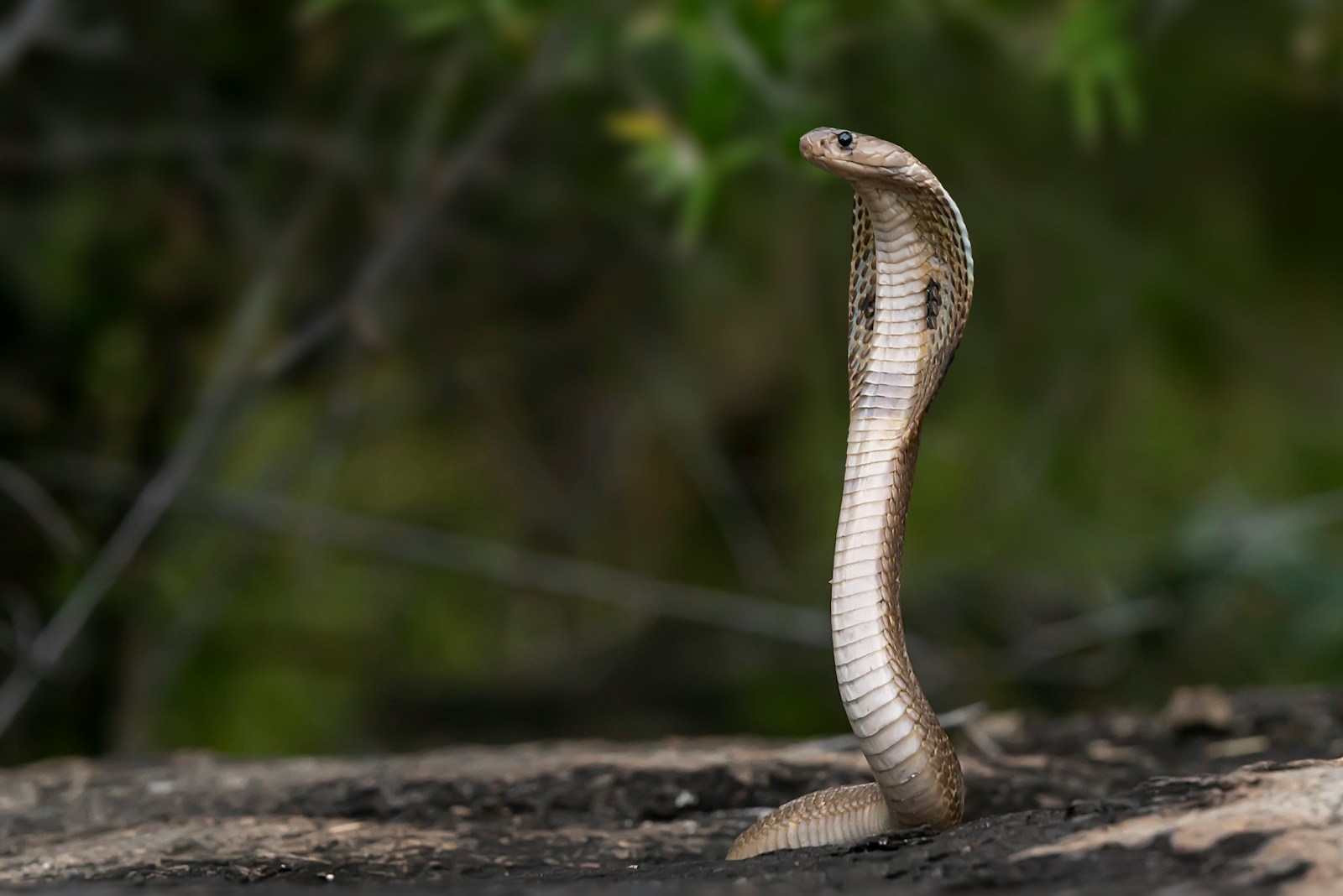In the mysterious world of reptiles, snakes hold a special place of fascination and fear. Among their many intriguing behaviors, one particularly stands out to researchers and snake enthusiasts alike: the tendency of certain snake species to strike only after physical contact occurs. Unlike the aggressive strikers that launch at approaching threats from a distance, these “contact-dependent strikers” show remarkable restraint, holding their defensive attacks until they’ve been physically touched or disturbed. This behavior, far from being a quirk, represents a sophisticated survival strategy shaped by millions of years of evolution. Let’s explore the fascinating reasons behind this unique defensive mechanism and the species that employ it.
The Evolutionary Purpose of Contact-Dependent Striking
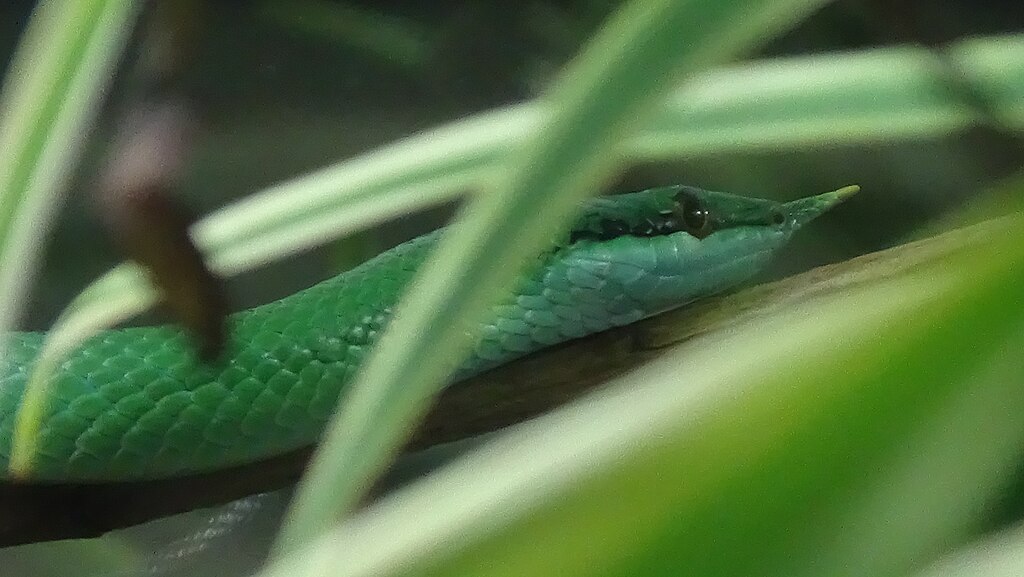
Evolution has sculpted snake defensive behaviors to maximize survival while conserving precious energy resources. For many snake species, striking only after being touched represents an optimal balance between self-protection and energy conservation. This approach allows them to remain undetected by potential predators who might simply pass by without noticing them. Additionally, since venom production requires significant metabolic resources, this conservative striking behavior prevents wasteful deployment of this valuable defensive asset. The tactical advantage becomes clear when we consider that a snake that strikes only when necessary preserves both its concealment and its limited venom reserves for truly threatening situations.
Camouflage and Cryptic Behavior as Primary Defenses
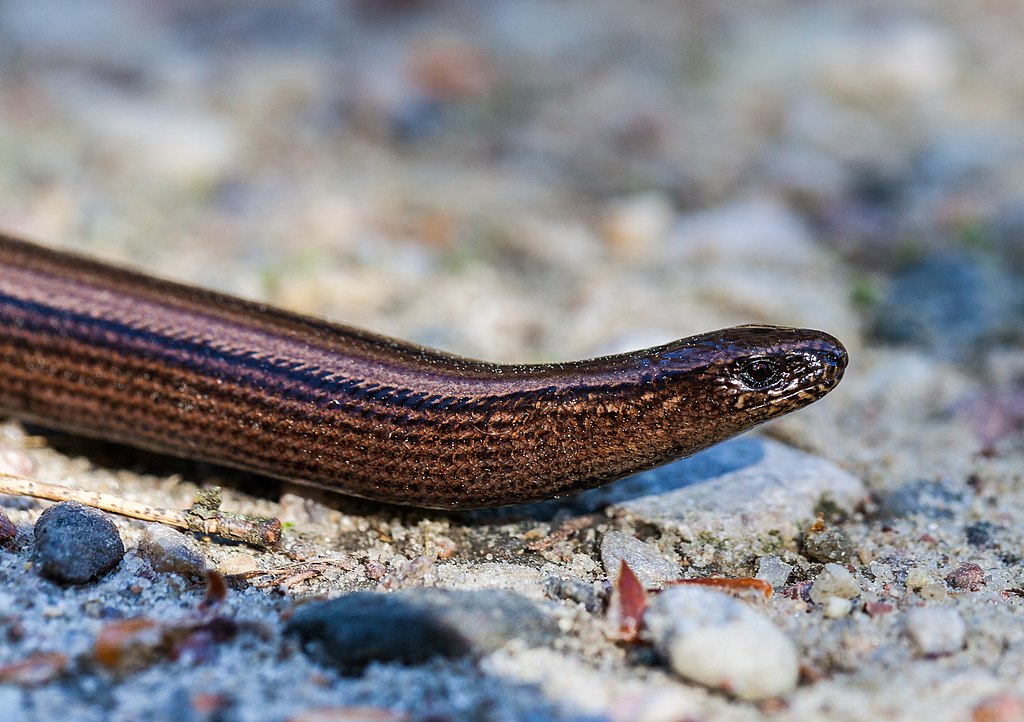
For snakes that strike only after contact, their first line of defense is typically exceptional camouflage and cryptic behavior. Species like the gaboon viper, with its intricate leaf-like patterning, or the eastern hognose snake, which blends perfectly with forest floor debris, rely primarily on not being seen at all. These snakes have evolved coloration and patterns that precisely match their preferred habitats, making them nearly invisible to both predators and prey. Their strategy prioritizes remaining motionless and undetected, with striking serving as a last-resort defense mechanism when their primary camouflage strategy has failed. This two-tiered defense system—first hide, then strike if discovered—proves remarkably effective in natural settings.
Energy Conservation in Ectothermic Creatures
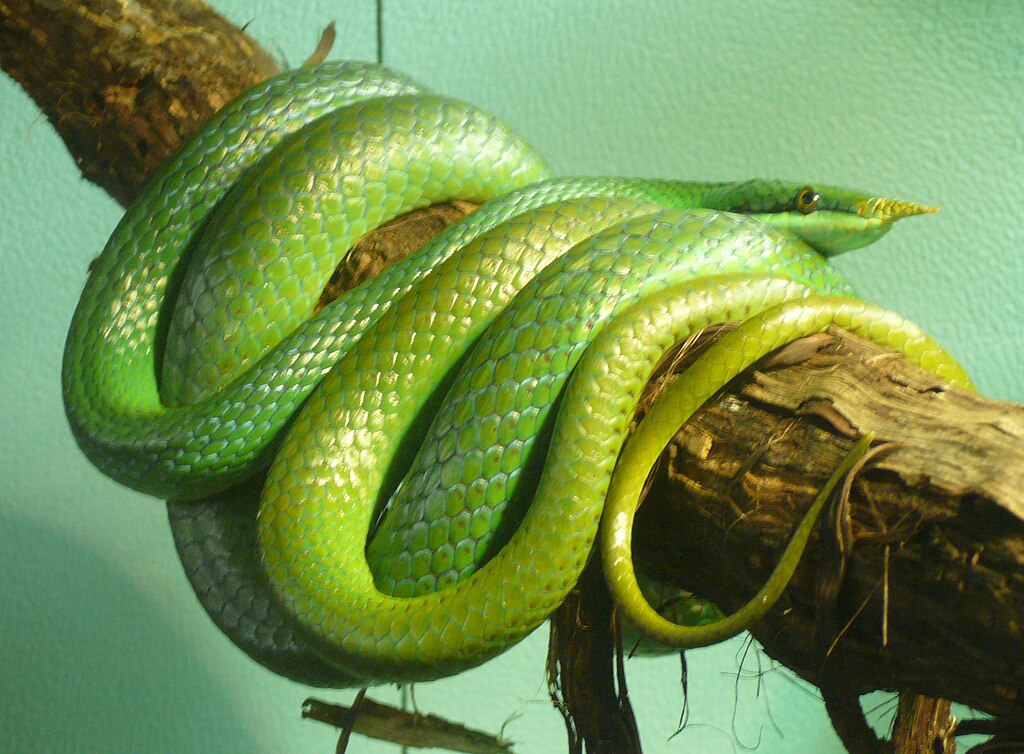
As ectothermic (cold-blooded) creatures, snakes must carefully manage their energy expenditure in ways that endothermic animals don’t. Striking, particularly when it involves venom deployment, represents a significant energy investment that these animals cannot afford to waste. A strike that misses not only depletes valuable venom but also requires additional energy to reset the striking posture and potentially relocate if cover is blown. For species like the death adder, which may wait days or even weeks between feedings, every calorie must be strategically allocated. Contact-dependent striking allows these energy-conscious predators to conserve resources by deploying their defensive capabilities only when absolutely necessary—when a threat has literally made physical contact.
Species That Exemplify Contact-Dependent Striking

Several snake species around the world have become specialists in the contact-dependent striking strategy. The death adder (Acanthophis spp.) of Australia and New Guinea is perhaps the most famous example, typically remaining motionless even when approached closely and striking only when touched. The African Gaboon viper (Bitis gabonica), despite possessing the longest fangs and one of the highest venom yields of any snake, similarly reserves its strike for direct contact situations. In North America, the eastern hognose snake (Heterodon platirhinos) often relies on elaborate defensive displays rather than striking, only attempting to bite if persistently handled. The puff adder (Bitis arietans) of Africa also typically strikes only after being stepped on or directly disturbed, despite its fearsome reputation.
Sensory Systems That Support This Behavior
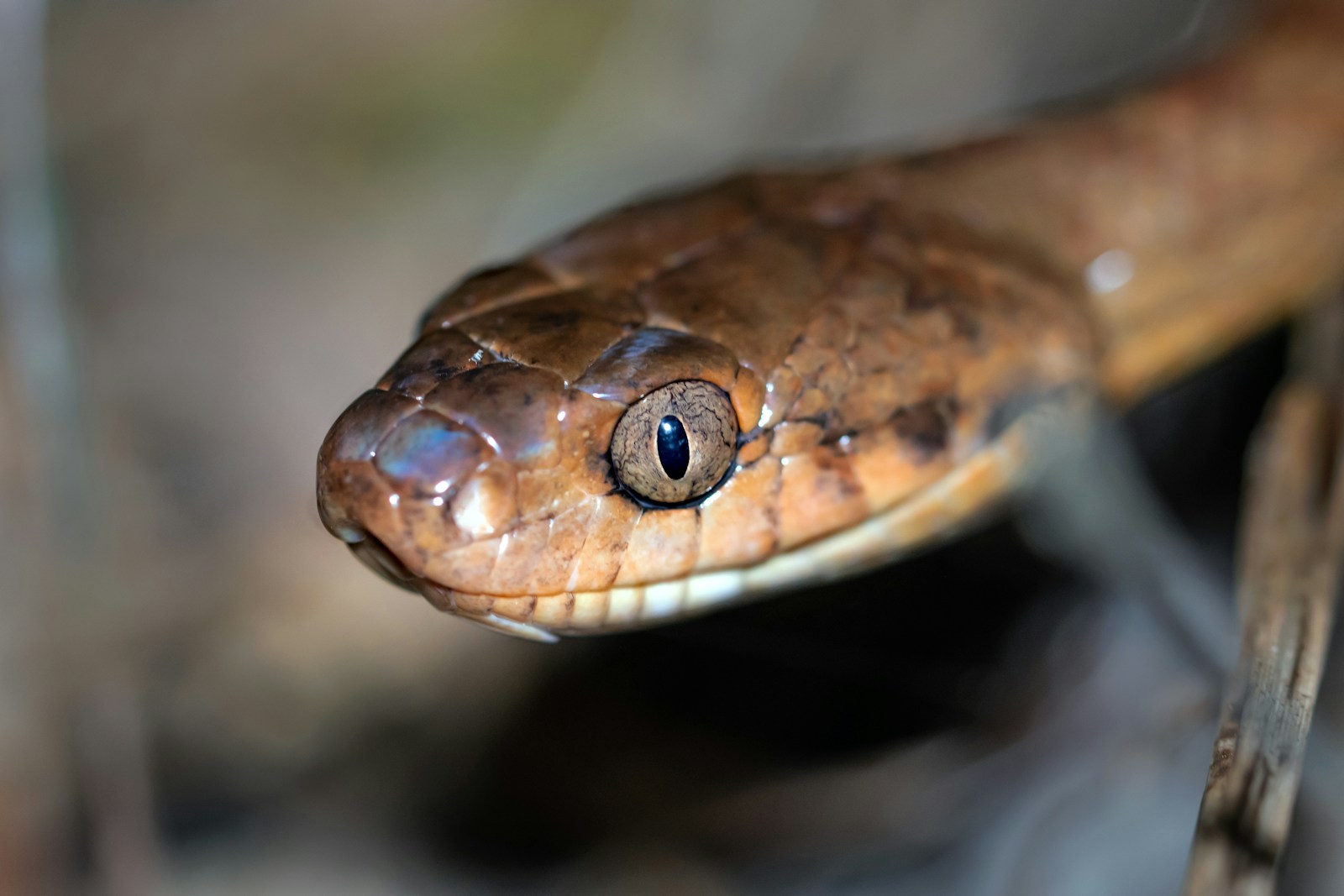
The sensory adaptations that allow snakes to employ contact-dependent striking strategies are remarkably sophisticated. While all snakes possess some form of vision, those specializing in contact-dependent striking often have additional sensory modalities that excel at close-range detection. Many vipers and pit vipers have highly sensitive heat-detecting pit organs that can precisely locate warm-blooded animals that touch or approach them very closely. Additionally, snakes possess an intricate network of touch receptors throughout their scales that can detect even the slightest physical contact. Their jawbones contain vibration-sensitive structures that can detect footfalls or movements transmitted through the ground, giving them ample warning of an approaching threat long before visual confirmation.
The Role of Venom Conservation
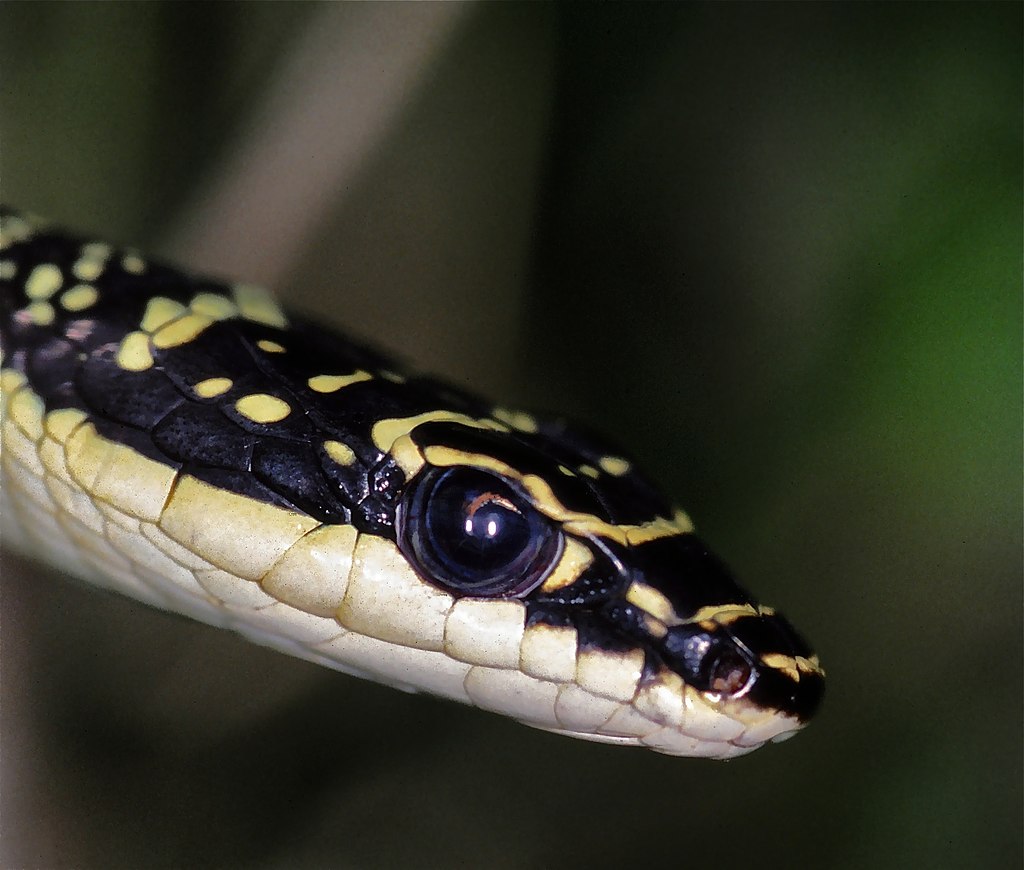
For venomous species, the conservation of venom represents a critical evolutionary driver behind contact-dependent striking behavior. Venom is metabolically expensive to produce, often requiring days or weeks to fully replenish after depletion. The protein-rich compounds that make up snake venom require significant nutritional resources to synthesize, creating a strong evolutionary pressure to use this precious substance judiciously. Contact-dependent strikers like the death adder and many pit vipers have evolved to avoid wasting venom on defensive strikes that don’t connect with their target. This conservative approach ensures that when they do strike, the venom deployment serves its purpose, whether for defense or for immobilizing prey during hunting.
The Ambush Hunting Connection

Many snakes that exhibit contact-dependent defensive striking are also ambush predators that use similar tactics when hunting. Species like the puff adder and various pit vipers employ a “sit-and-wait” hunting strategy, remaining motionless for extended periods until prey comes within striking distance. This hunting style creates natural selection pressure favoring snakes that can remain still even when detected, as movement could scare away potential meals. The same patience and restraint that makes these snakes effective ambush hunters translates directly to their defensive behavior, where they similarly wait until the last possible moment before striking. This dual application of a single behavioral trait demonstrates the elegant efficiency of evolutionary adaptations.
Habitat Influences on Striking Behavior
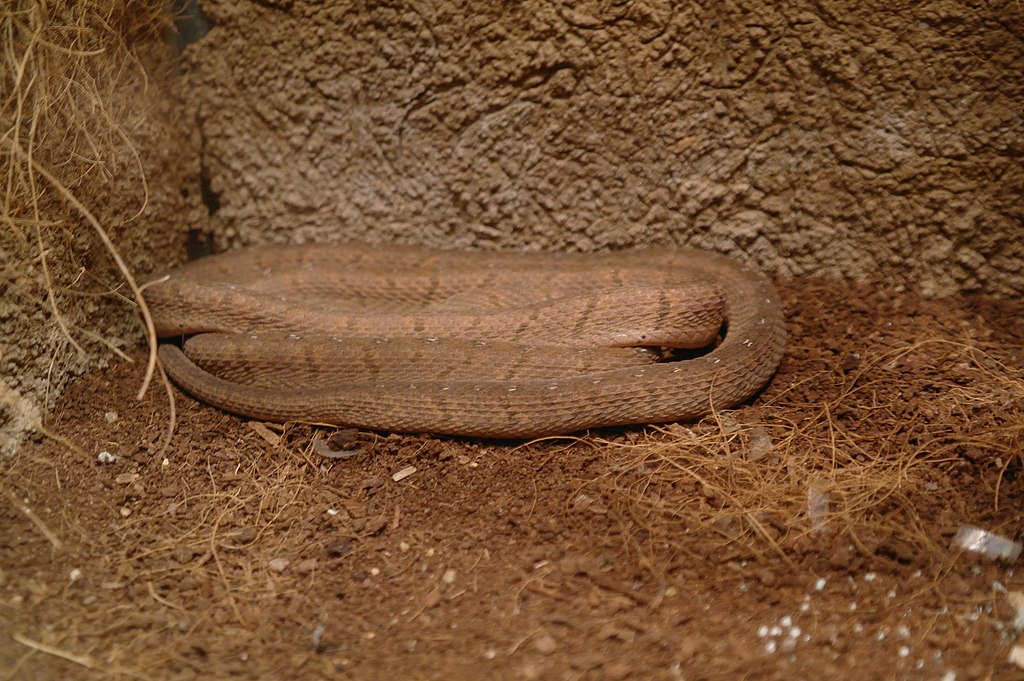
The specific environments where snakes live significantly shape their striking behaviors and defensive strategies. Forest floor dwellers like the gaboon viper inhabit visually complex environments with dappled light and shadow, making their camouflage exceptionally effective and reducing the need for preemptive striking. Similarly, the rocky habitat specialists like many rattlesnake species blend perfectly with their surroundings and strike only when their rocky camouflage fails to protect them. Desert-dwelling sidewinders and horned vipers, conversely, may be more likely to strike from a distance, as their open habitat provides less concealment. The relationship between habitat complexity and striking behavior follows a general pattern: the better a snake can hide in its environment, the more likely it is to employ a contact-dependent striking strategy.
Predator Dynamics and Defensive Adaptations
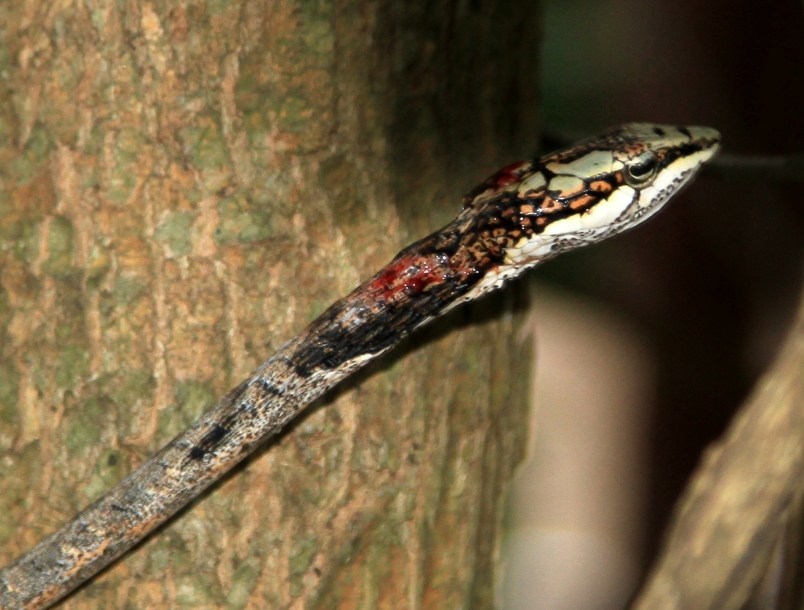
The types of predators a snake typically encounters have strongly shaped their defensive strategies, including when they choose to strike. Snakes facing visually-oriented predators like birds of prey have often evolved exceptional camouflage and minimal movement patterns, preferring to remain undetected rather than engage in defensive displays. In contrast, species regularly threatened by mammalian predators with keen senses of smell might supplement their contact-dependent striking with additional defensive measures like musk release or false striking. The eastern hognose snake provides a fascinating example of this adaptive spectrum, employing an elaborate series of defensive behaviors before resorting to striking—first flattening its head and neck, then performing dramatic false strikes, followed by playing dead if the threat persists.
The Psychology of Snake Defensive Behavior

While we must be careful about anthropomorphizing reptile behavior, research suggests that contact-dependent striking represents a sophisticated decision-making process. Snakes appear to make risk assessments about potential threats, with different species showing varying thresholds for defensive responses. A study on cottonmouths demonstrated that they typically progress through a series of increasingly aggressive defensive displays before resorting to biting, suggesting a form of threat evaluation. This measured response indicates that snakes aren’t simply reflexive creatures but possess neural mechanisms for evaluating and responding appropriately to different threat levels. The decision to strike only after being touched represents the final stage in this escalating defensive response hierarchy.
Misconceptions and Human Safety Implications
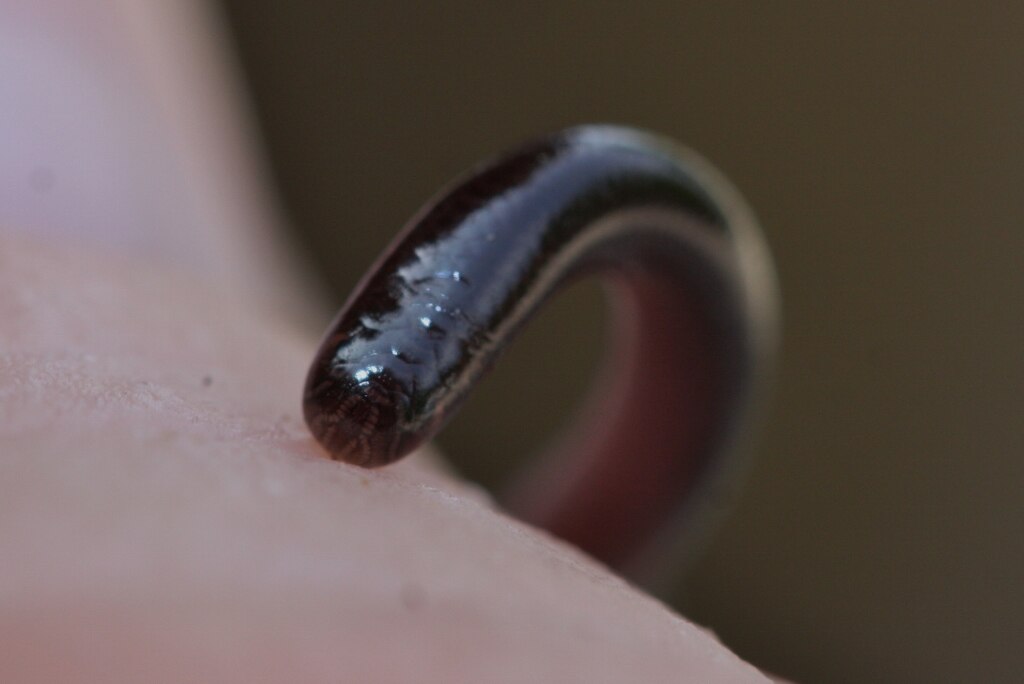
The contact-dependent striking behavior of many snake species has led to dangerous misconceptions among humans encountering snakes in the wild. The belief that a motionless snake is either harmless or dead has resulted in numerous avoidable envenomations when people attempt to touch, move, or even kill what they perceive as a non-threatening reptile. Safety experts emphasize that all snakes should be given respectful distance, regardless of their apparent state of alertness. The death adder’s common name reflects the tragic consequences of misunderstanding this behavior—historically, people would discover the seemingly docile snake, attempt to touch or move it, and receive a potentially lethal bite in response. Understanding that many snakes strike only when touched should reinforce, not diminish, the importance of leaving wild snakes undisturbed.
Conservation Considerations for Contact-Dependent Strikers

The very behavioral traits that make contact-dependent striking snakes fascinating also create unique conservation challenges. Species like the death adder and gaboon viper, with their sedentary lifestyles and reluctance to flee from approaching threats, are particularly vulnerable to habitat destruction and direct human persecution. Their tendency to remain motionless rather than flee makes them especially susceptible to being killed on roads or during land-clearing operations. Conservation efforts for these species often focus on habitat protection and public education about their behavior and ecological importance. Ironically, the same behavioral adaptations that served these snakes well for millions of years make them particularly vulnerable in our fast-moving, human-dominated landscapes.
Conclusion: Evolutionary Marvels of Patience and Precision
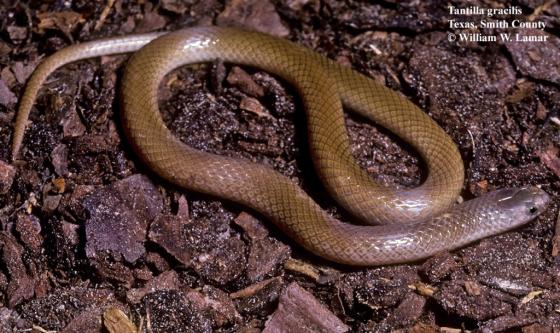
The contact-dependent striking behavior observed in many snake species represents a fascinating example of evolutionary refinement—a carefully calibrated balance between self-preservation, energy conservation, and effective defense. Far from indicating passivity or weakness, this behavior demonstrates the sophisticated sensory capabilities and decision-making processes these reptiles employ. By understanding the ecological and evolutionary contexts that shape these behaviors, we gain not only greater appreciation for these often-misunderstood creatures but also practical knowledge that can help reduce negative human-snake encounters. In the end, the snake that waits to strike until touched isn’t showing hesitation—it’s demonstrating the patient precision of a survival strategy honed across millions of years of evolution.

